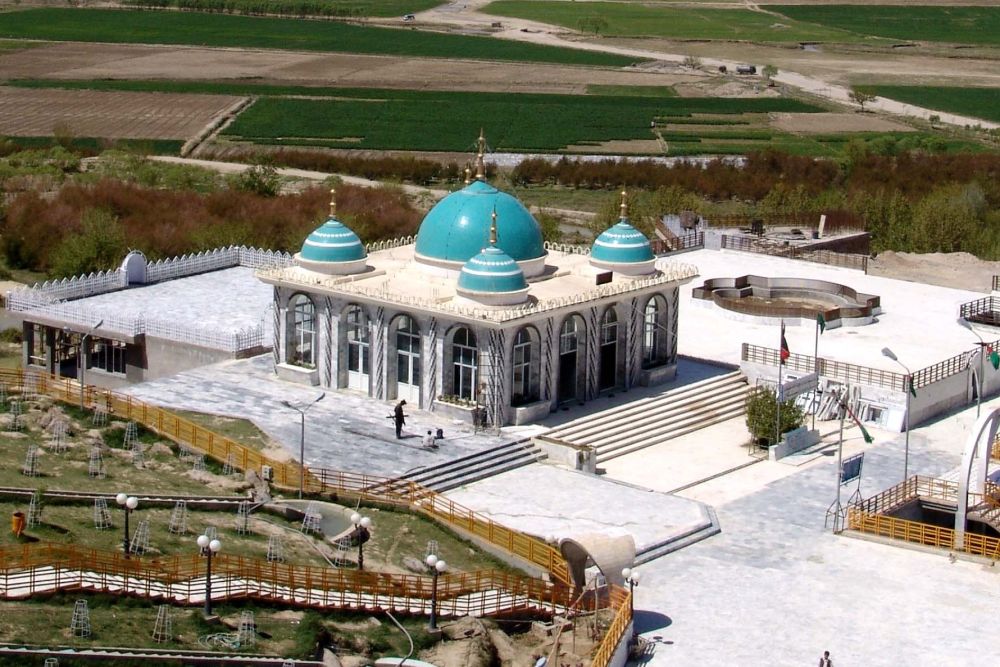

Visiting Baba Wali in Kandahar, Afghanistan, is an experience steeped in spiritual significance and historical intrigue. The region experiences a semi-arid climate with marked seasonality. The ideal time to plan your pilgrimage or sightseeing trip to Baba Wali is during the spring (March to May) or fall (September to November). These seasons offer the most temperate weather with average daytime temperatures comfortable for outdoor activities and exploration. In spring, the temperatures are pleasant, and you'll find the landscape beginning to flourish after the winter, bringing a sense of renewal to the historical site. Fall provides a respite from the intense heat of the summer months, with milder weather making the visit enjoyable.
It's advisable to avoid the peak summer months from June to August as Kandahar experiences extreme heat that can be challenging for many visitors. Winters, which span from December to February, can also be quite cold, as temperatures can drop significantly at night, though daytime remains relatively mild. When planning your trip around the shoulder seasons, you'll also benefit from potentially fewer crowds, allowing for a more intimate experience at the shrine of Baba Wali. Remember to respect local customs and dress conservatively, as this is a revered spiritual site. Checking the current geopolitical climate in Afghanistan is crucial before making travel plans, as safety concerns may influence the best time to visit.
| Month | Min Temp | Max Temp |
|---|---|---|
| January | NA | 10 °c |
| February | 2 °c | 12 °c |
| March | 7 °c | 20 °c |
| April | 10 °c | 25 °c |
| May | 15 °c | 30 °c |
| June | 20 °c | 35 °c |
| July | 23 °c | 37 °c |
| August | 22 °c | 36 °c |
| September | 18 °c | 33 °c |
| October | 12 °c | 28 °c |
| November | 5 °c | 20 °c |
| December | 2 °c | NA |